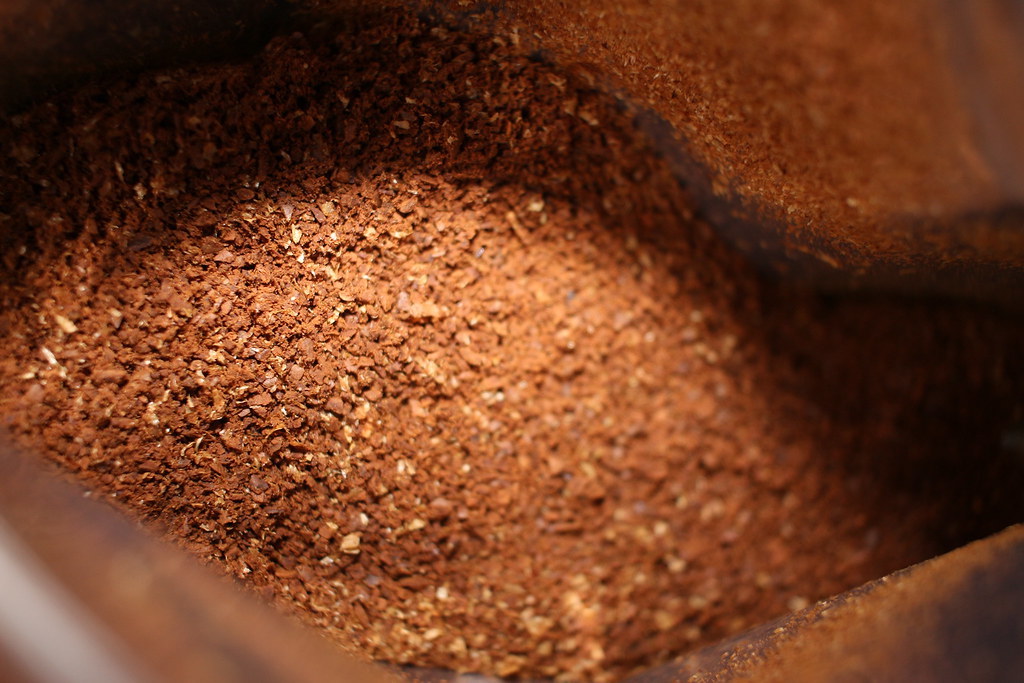New research into the chemical compositions of hot coffee and cold-brewed coffee, a.k.a. cold brew, suggests the two liquid drinks may have similar acidity levels, while hot coffee often contains more antioxidants than cold brew.
Conducted by researchers at Thomas Jefferson University in Philadelphia, the study builds upon previous Jefferson research that also runs counter to marketing claims regularly put forth by manufacturers of cold brew beverages and brewing equipment.
Cold brew coffee’s meteoric rise in popularity in recent years has stemmed not only from consumers’ objective enjoyment of tasty beverages, but also from their pursuit of perceived health benefits. Among the oft-refrained claims from cold brew makers is that the drink cold brew is universally less acidic than hot brew, while all the antioxidant benefits are retained.
The new research examined brews made hot and cold from beans roasted to a range of precise levels. Caffeine concentration, total caffeoylquinic acid (CQA) concentration, total antioxidant activity, pH, total titratable acids, and total dissolved solids (TDS) were all measured.
The most remarkable revelations came where acidity and antioxidants are concerned. For light-roasted coffee, researchers found that the antioxidant content of cold and hot brews was about the same, whereas in dark roasts, hot brew contained more antioxidants than cold.
Also, while the acidity of any brew made from light roasted coffee is generally higher than that of dark roasts, the temperature of brews in the study did not have much impact, i.e., light-roasted cold brew was not less acidic than a brew of the same beans made with hot water.
Leading the research was Niny Rao, PhD, a Jefferson associate professor of chemistry and program director of chemistry and biochemistry. Rao affirmed to DCN that the study seems to suggest that if a consumer’s goal is to drink a lower acid coffee, they’d be better off seeking a darker roast, but that it doesn’t actually matter much whether the coffee is brewed with cold water or hot.
Also, people drinking coffee specifically for its antioxidant properties would generally be better served by drinking coffee brewed hot rather than cold. Despite these indications, though, Rao still cautioned against drawing any blanket assumptions from the research thus far, which focused on brews that differ from normal brewing practices in homes and cafes.
“I don’t like to make statements like that,” Rao said. “Our results were based on a fixed water-to-grind ratio [of] 10:1. The typical hot coffee is brewed with a higher ratio. So the difference in antioxidant level between hot and cold may be smaller.”
The main indication according to the researchers was generally that the impact of bean roasting temperature on the chemistry of the final brew is significant, particularly for roasters intending to produce cold brew coffee beverages. As to whether the evidence here may appear to undermine the lower-acidity claims made by manufacturers of cold brew products, Rao said the study isn’t necessarily conclusive.
“We do see a slight difference in acidity,” said Rao. “It is small enough, we think hot and cold may be comparable.”
The research was conducted with funding and support by the U.S. Department of Agriculture’s National Institute of Food and Agriculture and presented through the American Chemical Society (ACS) SciMeetings online platform. Organic Colombian green coffee was provided for the research by Golden Valley Farms Coffee Roasters of West Chester, Pennsylvania, and roasted by the researchers in a Hottop machine.
Rao said future research will further examine chemical and flavor compounds in coffee as they related to the roasting process.
Howard Bryman
Howard Bryman is the associate editor of Daily Coffee News by Roast Magazine. He is based in Portland, Oregon.








Comment